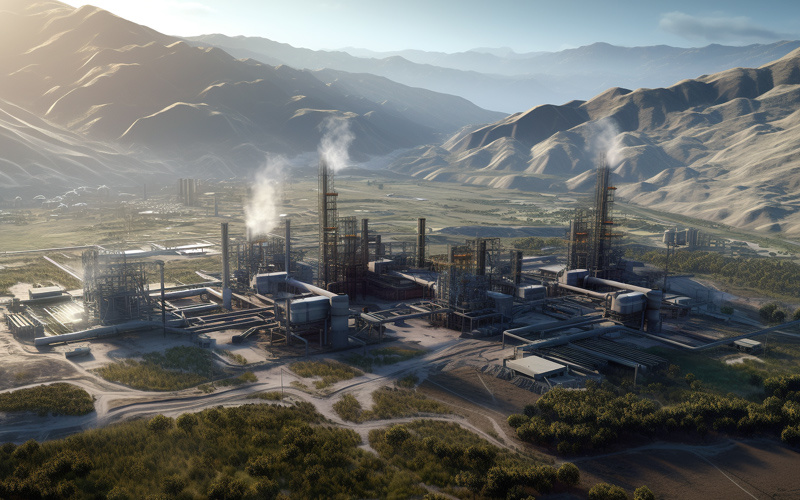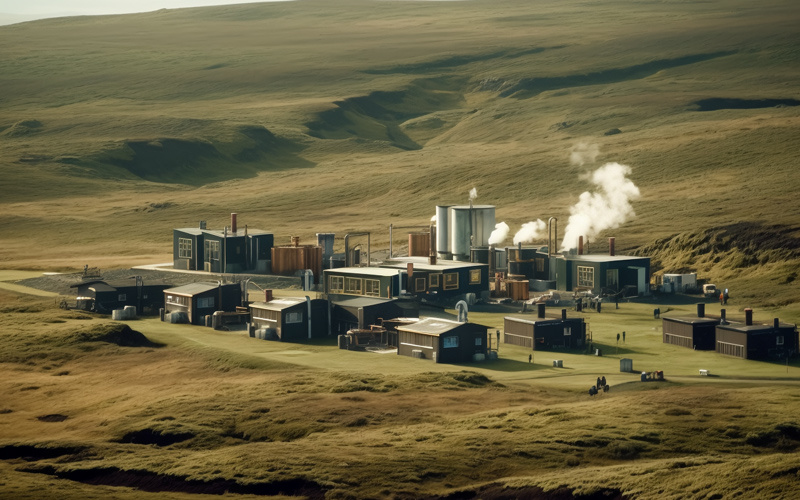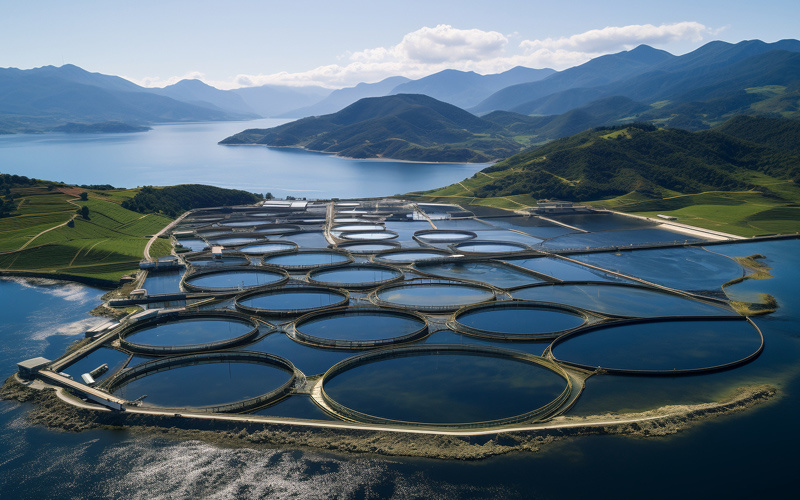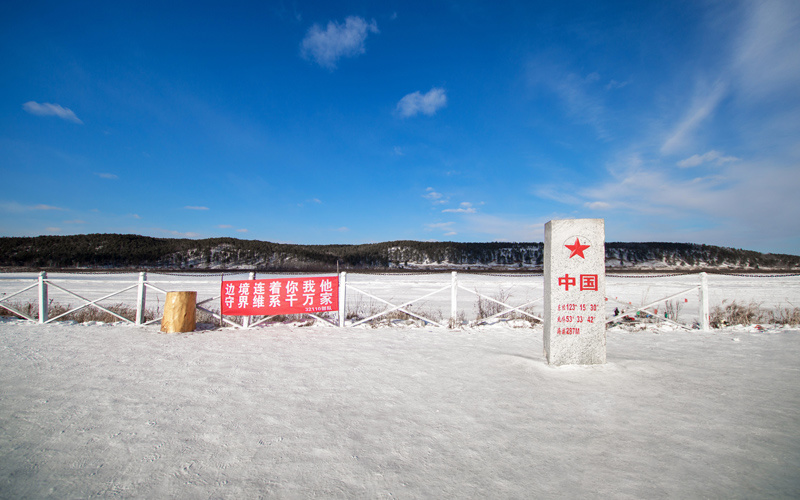[Technical Analysis] A Detailed Explanation of What a High- and Low-Temperature Radar Protection System Is—and How It Works
Release time:
2025-10-27
As a core component in critical applications such as national defense security, weather monitoring, aerospace, and maritime navigation, radar systems often face extremely harsh temperature conditions. High-temperature shocks can lead to component burnout and power degradation, while low temperatures may cause solder joint cracks and mechanical jamming, further exacerbated by ice and snow that weaken radar signals—ultimately resulting in detection failures. High- and low-temperature protection systems create a "thermal control barrier," significantly mitigating these adverse effects, which is one of the key reasons why radar can maintain stable operation even in extreme environments.
01
The radar high-and-low temperature protection system is typically made from composite materials, integrating advanced technologies that combine "wave transmission, thermal control, and protection" into a single, cohesive system. It can maintain a "constant-temperature microenvironment" for the radar within a specified wide temperature range, effectively shielding the radar system from external temperature-related damage.
The radar high-and-low-temperature protection system primarily focuses on the following points:
High-Temperature Protection: Utilize the cooling system within the protection system to reduce the temperature inside, ensuring that the ambient temperature around the radar system remains at a safe level.
Low-Temperature Protection: The heating system in the system supplements heat to maintain the internal temperature of the radar at -35℃ , preventing solder joint cracking and mechanical jamming.
Wave-transparent compatibility: While achieving high and low-temperature protection, ensure minimal radar wave penetration loss. <0.3dB , and there is no reflection interference, ensuring that core parameters such as radar detection range and beam width remain unaffected.
Environmental Adaptability: Equipped with features such as waterproof and anti-icing capabilities, it is suitable for a variety of harsh environments.
02
Take the RayKang high- and low-temperature radar protection system as an example:

Rainreach staff inspect the equipment at the bottom of the high- and low-temperature radar protection system.
1
High-Temperature Protection Principle
Clear heat and dissipate warmth
A axial-flow fan is installed at the bottom of the system to ensure smooth air circulation between the inside and outside of the protection system, effectively dissipating heat from within and maintaining stable temperatures during radar operation.

Lei Keda High- and Low-Temperature Radar Protection System Bottom Equipment
2
Principles of Cryoprotection
Active Heating and Temperature Control
For internal use, two heating devices are employed: a rubber-pad heated plate serves as the primary heating unit, while a cabinet fan heater acts as the secondary heating device. The core function of the primary heater is to ensure the system remains operational even in challenging conditions. -40℃ The following operational capabilities in low-temperature environments are achieved by preheating the cabinet fan heater, thereby raising the ambient temperature to -35℃ Above, ensure that the secondary heating device can start and operate normally, and set the temperature switch for powering on the radar externally, allowing customers to adjust the radar's power-on temperature according to their specific needs—down to the lowest possible setting. -30℃ 。

Lei Keda High- and Low-Temperature Radar Protection System
3
Wave-Penetration Compatibility Principle
Material Wave-Transmission Optimization
The primary materials used are fiberglass fabric plus paper honeycomb core. For different radar frequency bands, the material thickness is determined according to “ λ/4 Matching Principle "Design to minimize interface reflections and achieve radar wave penetration loss." <0.3dB Its stringent standards not only prevent electromagnetic wave reflection and diffraction interference but also ensure the maximum preservation of core parameter accuracies, such as radar detection range and beam width.
Structural Anti-Interference Design
The system features a streamlined design to prevent radar waves from creating specular reflections on its surface; additionally, the edges of the system are rounded to minimize electromagnetic wave diffraction interference.
The above data are solely the setting parameters for the Raytech high- and low-temperature radar protection system.
The initial purpose of this system's design was to extend the radar's operational temperature range under cold conditions, making it suitable for specialized application scenarios. According to the national military standard, the radar's typical operating environment temperature is -40~+55℃ Meanwhile, when customers need to set up the radar near extremely cold regions—areas where temperatures sometimes drop below -40℃ To ensure the radar can operate reliably under extreme temperatures, Rayda has adopted a two-stage heating design, enabling the radar to start and function smoothly even in ultra-low-temperature environments. At the same time, the heating system is equipped with temperature thresholds: it automatically activates when temperatures drop below the threshold and shuts off once the temperature rises above it. Conversely, the cooling system triggers automatically when temperatures exceed the threshold, shutting down once they fall back below. This innovative approach not only conserves energy but also significantly extends the service life of both the heating and cooling systems—all while maintaining the radar’s optimal performance.
The high-and-low temperature radar protection system may seem like "auxiliary equipment," but in reality, it is the "prerequisite for radar to function properly" in extreme environments. From safeguarding border security to supporting scientific expeditions and exploration, these protective systems not only ensure the reliable operation of radar systems but also help reduce industry costs and drive advancements in radar technology. As a result, they are becoming an indispensable "safety barrier" within radar systems. With continuous technological breakthroughs, this system will further evolve alongside radar technologies, enabling them to thrive in even more challenging and diverse environments—and ultimately ensuring precise detection every single time.










